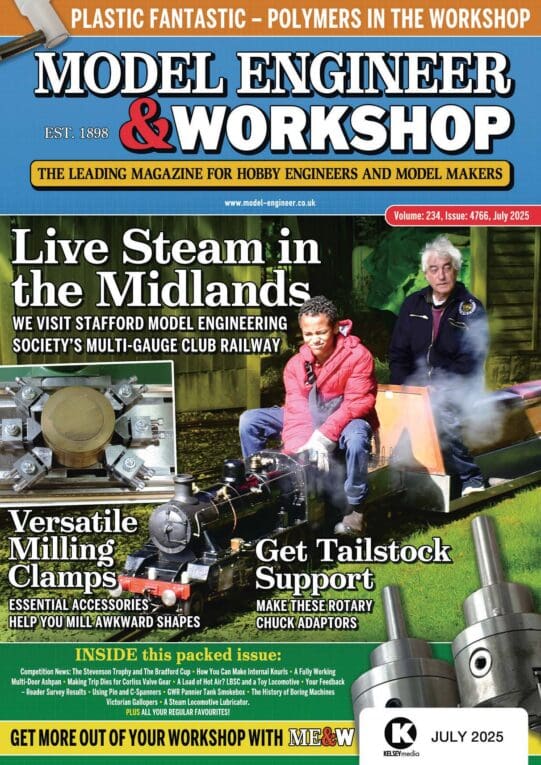In principle, I’m sure it could be made to work. The relationship between temperature and pressure is well-known, (Boyles Law) and steam temperature/pressure relationships were studied by James Watt, later in much greater detail by the Victorian big name physicists, notably Rankine, also Kelvin and Clausius,
Look up ‘Steam Table’ in Thermodynamics text books and the web. Clipped off example from Simetric:

From the full table, 150psi is about 1000kpA, at which pressure the steam/water will be at about 185°C.
I don’t know what voltage range comes from a thermocouple operated between 100° and 200°C, or if it’s linear. I believe resistance varies linearly with temperature. More research needed.
A short list of other problems to solve:
- The sensor operates in a harsh environment: high temperature and pressure, wet and potentially corrosive. Robust construction needed!
- The sensor must be carefully placed to read the correct temperature, that of the boiling water or steam, not the boiler shell or pipework. Probably easiest to put it in the underwater part of the boiler, insulated from the shell.
- Cheap electronics grade thermistors have max operating temperatures too low for this application. Suitable high temperature thermistors are available, but they’re big, encased in stainless steel, and prices start at £350. Many are ‘price on application’ – if you have to ask you can’t afford it! Proper Industrial.
- Thermocouples may be a better option. Not researched properly, by me! Cost about £20 by the look of it, accuracy ±1°C ish. (Not as good as a thermistor – is 1 degree good enough!)
- Better accuracy from Platinum Resistance Sensors, but I couldn’t find anyone selling them.
- Home-made? Calibration is a significant problem, but
- A thermocouple is just two different metal wires twisted together. (Producing a voltage that depends on temperature.)
- Maybe a coil of resistance wire: resistance varies with temperature.
- All these sensors will need electronics. An Op Amp arranged to multiply the voltage or resistance reading by a fixed gain, followed by a something to drive a line of LEDs, moving coil meter, or digital display. (Arduino can do all that and the sums necessary to convert sensor temperature values into steam pressure.)

Not difficult provided the engineer has the right combination of skills. I’m weak on Op Amps and the mechanical details of a suitable sensor – steam tight, corrosion resistance, practicalities like access for maintenance etc. I can think of a few members who could probably do everything needed on their own, but a team of Model Engineers with complementary skills would be better. Sadly it is easier to herd cats than Model Engineers!
Whether or not an electronic gauge is a good idea depends on the application. Unless there’s a mass-produced commercial product available, not a cheap alternative to a Bourdon Gauge where a model loco driver only intermittently needs a rough idea of pressure. However, much better than a Bourdon Gauge if the goal is to study performance by logging data to a computer or to automate a boiler to maximise efficiency.
An interesting project, and might be valuable. An electronic gauge would eliminate the need for clunky pipework feeding a bourdon gauge. The pipe penetrates the boiler weakening it and needs a Boiler Inspector satisfying seal.
Does anyone know how much heat is wasted by a Bourdon Gauge installation? Ideally heat should be cooled by the piston doing work, not leaked up the chimney, out of the boiler shell, into the structure, or radiated by pipework! An electronic gauge would eliminate Bourdon Gauge heat losses.
Dave
duncan webster 1.






